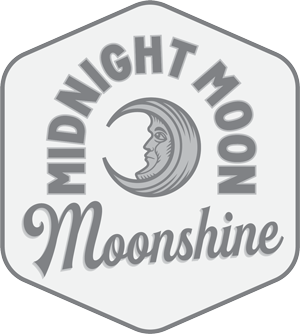This Whiskey Is Flavored with Beaver

The use of beaver secretions, called castoreum, is not as bizarre as it may sound.
Any publicity is good publicity, and for New Hampshire-based spirits brand Tamworth Distilling, that includes the inevitable chatter that’s sure to pop up after deciding to flavor a new limited-edition whiskey with castoreum—a secretion that comes from a beaver’s castor sacs located not too far from its tail by the rodent’s bottom.
House of Tamworth Eau de Musc, as the beaver-based whiskey is called, is actually a lot less crazy than it may sound—not particularly far off from saying that a honey bourbon has been spiked with bee vomit. Though beaver bum secretions might sound way grosser, with its sweet notes of vanilla and fruit, castoreum has actually been used as a flavoring additive for hundreds of years and is totally acceptable according to the Food and Drug Administration. In fact, according to the distillery government approval is where this story starts.
“As we build recipes, each one has to be reviewed by the [Alcohol and Tobacco Tax and Trade Bureau]. This is common practice and generally bases the acceptance of these formulas on FDA certified ingredients,” Tamworth Distilling explains on its website. “The generally recognized as safe list (GRAS) is actually pretty small, especially when you are in the exploratory phase of spirits. There are a few really odd ingredients and castoreum is one of them.”
The unique details behind this particular ingredient led to further exploration, and the distillers were intrigued by what they found. “The sac excretion exhibits bright and fruit qualities (raspberry) and rich leathery notes along with creamy vanilla aroma. These notes are also very common among barrel aged spirits, so a natural progression took place,” Tamworth continues. “The result is a rich, full bodied 2-year bourbon that bolsters a vanillic nose and fruity, floral finish—a medley of charming flavors that are sure to impress.”
“I have always been intrigued by the use of castoreum in food and luxury products,” Steven Grasse, head distiller of Tamworth Distilling, said in a statement to Food & Wine. “There was a time when it was ubiquitous and used widely as a flavoring agent and in perfume. In fact, it’s still used in a number of products today and considered by the FDA to be a ‘Natural Flavoring.’ I was curious what would it taste like in one of our unreleased bourbons from Tamworth Distilling—so we tried it, and it worked beautifully.”
If you’re equally intrigued by castoreum (it’ll certainly spark some discussion when pulled from your liquor cabinet, no matter how tipsy you already are), you’ll probably want to hunt down a bottle sooner than later. Eau de Musc is a limited-edition release, available in small, 200-milliliter bottles, with a reported price tag of $65.
https://www.foodandwine.com/news/beaver-musk-whiskey-tamworth-distilling


































